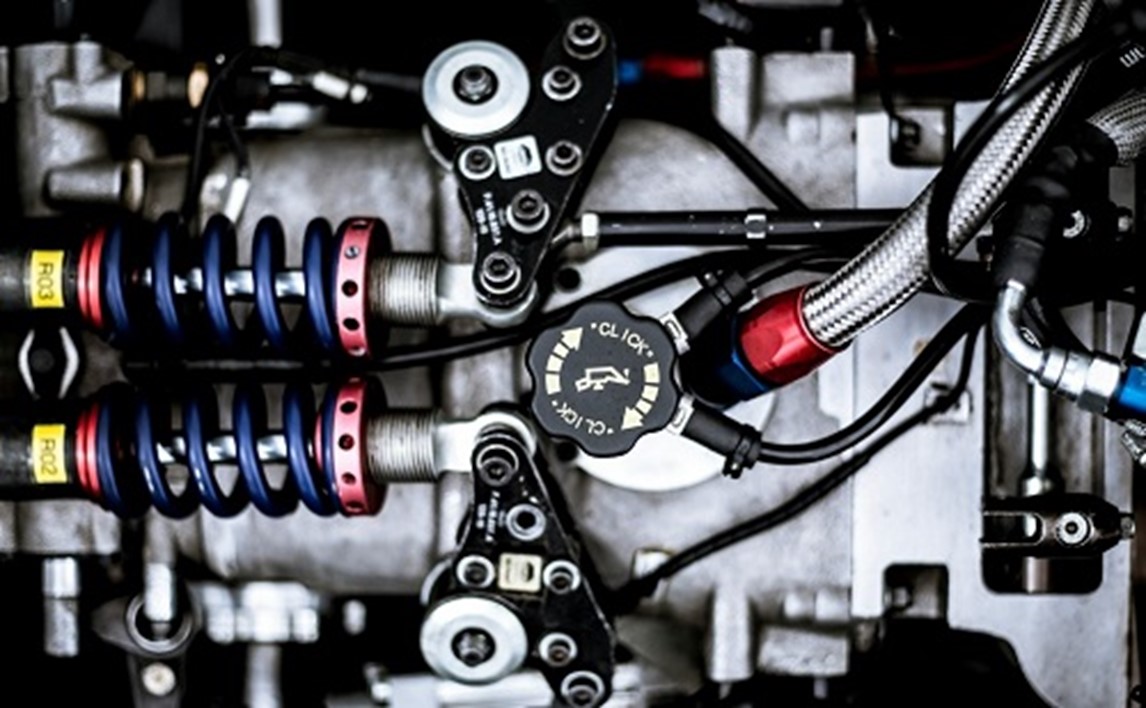


 CN/EN
CN/EN



 CN/EN
CN/EN
The automotive industry is undergoing a significant transformation, thanks in large part to advancements in 3D printing technology. Automotive giants like BMW and Audi have embraced 3D printing automotive parts to streamline their manufacturing processes, resulting in faster development cycles and reduced production costs. As the demand for efficient and innovative manufacturing solutions grows, the role of a 3D printer for mass production becomes increasingly critical.

The Advantages of 3D Printing in Automotive Manufacturing
One of the primary benefits of using 3D printing in the automotive sector is the ability to produce complex parts without the constraints of traditional manufacturing methods. Traditional manufacturing often requires costly tooling and molds, which can take weeks or even months to design and construct. In contrast, 3D printing automotive parts allows manufacturers to create prototypes and final products directly from digital files, significantly reducing lead times.
For instance, BMW has utilized 3D printing to create intricate components for its vehicles. By leveraging this technology, BMW can quickly iterate designs, test different options, and bring innovations to market faster than ever before. This rapid prototyping capability not only accelerates development cycles but also allows for a more agile response to market demands.
Cost Reduction and Efficiency
In addition to speeding up the development process, 3D printing can substantially reduce production costs. Traditional manufacturing methods often lead to material waste, as excess material is cut away during the machining process. However, 3D printing is an additive process, meaning that material is only used where it is needed, resulting in less waste and lower material costs.
Furthermore, the use of a 3D printer for mass production enables manufacturers to produce parts on demand. This flexibility eliminates the need for large inventories of spare parts, which can tie up capital and increase storage costs. Instead, manufacturers can print parts as needed, ensuring they have the right components available without the overhead of excess inventory.
Innovations and Future Trends
The future of 3D printing in the automotive industry is promising, with ongoing innovations set to revolutionize how vehicles are designed and manufactured. As companies continue to explore new materials and printing techniques, the potential for 3D printing automotive parts will only expand.
For instance, advancements in materials science are enabling the development of stronger and lighter materials specifically designed for 3D printing. These materials can enhance the performance of automotive components while reducing overall vehicle weight, contributing to improved fuel efficiency.
Moreover, as 3D printing technology continues to mature, more manufacturers are expected to adopt these methods for mass production. The integration of 3D printing with other technologies, such as artificial intelligence and robotics, will further enhance production efficiency and quality.
Conclusion
The impact of 3D printing on the automotive industry is profound, offering significant advantages in terms of speed, cost, and flexibility. By embracing 3D printing automotive parts, companies like BMW and Audi are setting the stage for a new era of manufacturing that prioritizes innovation and efficiency. As the technology continues to evolve, the use of a 3D printer for mass production will become increasingly common, further transforming the landscape of the automotive sector.
As TCT ASIA continues to showcase the latest advancements in 3D printing, it plays a vital role in connecting industry leaders and innovators, fostering collaboration that drives the future of automotive manufacturing.